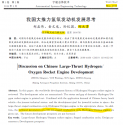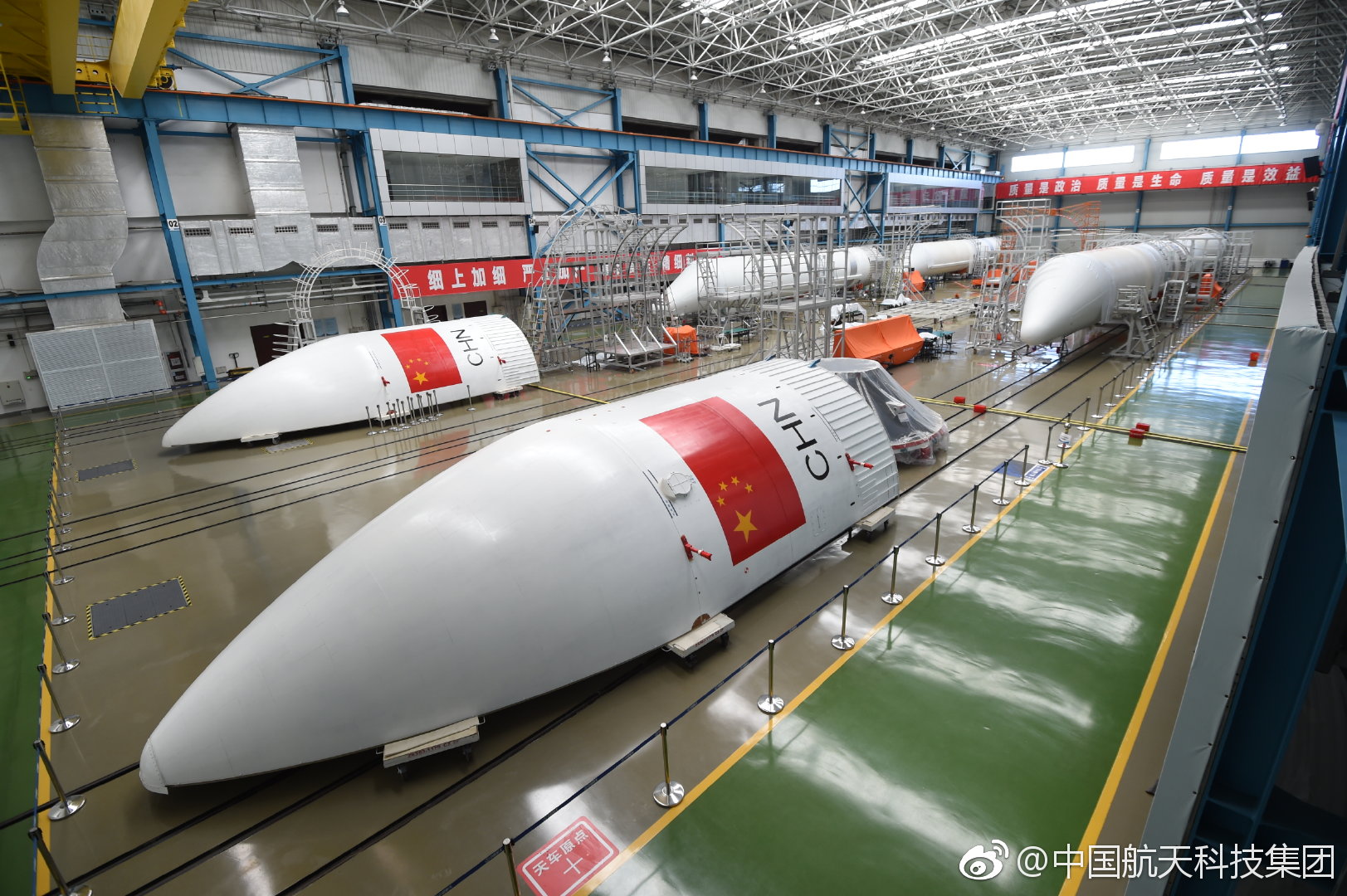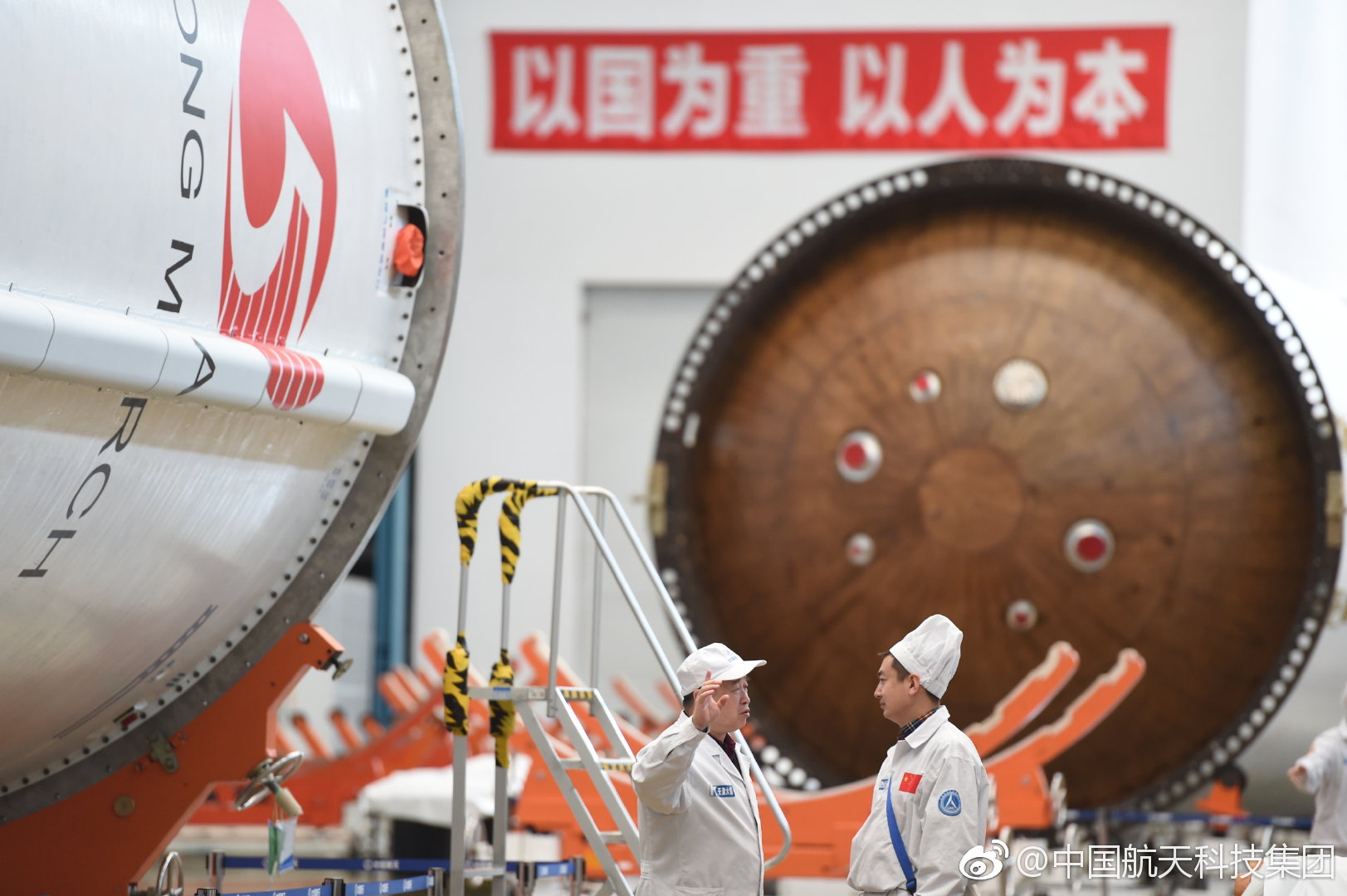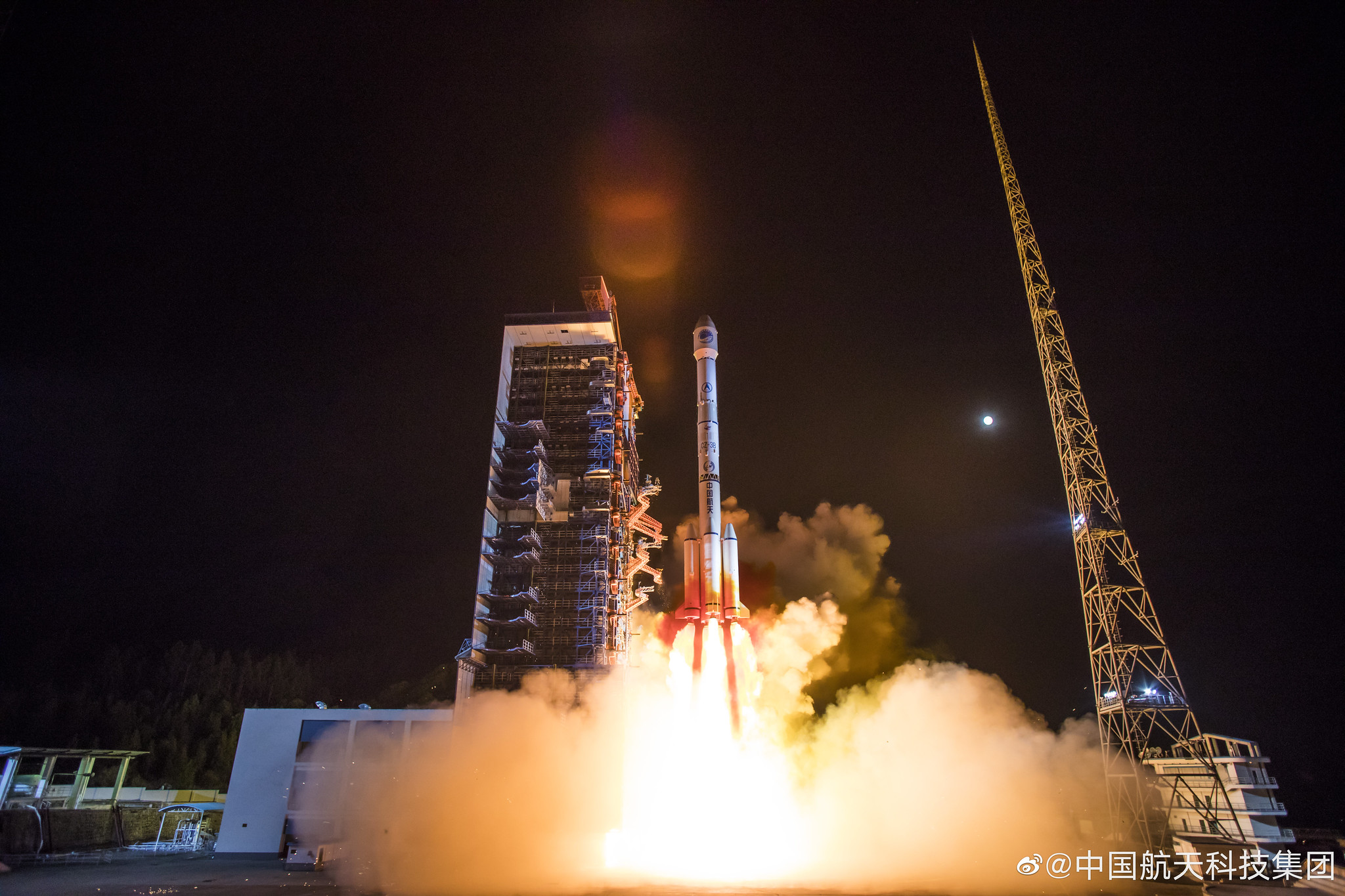BEIJING, March 15 (Xinhua) -- Chinese researchers have found that perovskite solar cells can retain most of their power conversion efficiency in near space, providing perspectives on the new solar cells' future application in space.
In recent years, perovskite solar cells (PSCs) are of huge interest to the academic community and the photovoltaics industry due to their potential of achieving higher efficiency and low production costs compared to traditional silicon solar cells.
According to researchers from China's Peking University, Academy of Opto-electronics, Chinese Academy of Sciences and Northwestern Polytechnical University, PSCs have great potential for developing the new-generation energy technology for space application, but little research has been done to test the stability of PSCs in the extreme space environment.
The Chinese researchers sent the devices fixed with PSCs into near space on a high-altitude balloon in China's Inner Mongolia region. The balloon rose to near space at an altitude of 35 km, a region above Earth's atmosphere where there is only a trace amount of moisture and ozone.
The region, considered to have "air mass zero," contains no atmospheric attenuation of solar radiation and therefore several high-energy particles and radiation, such as neutrons, electrons and gamma rays originating from the galactic cosmic rays and solar flares.
According to the findings, one type of perovskite solar cells used in the study retained more than 95 percent of its initial power conversion efficiency during the test, the researchers reported on Science China Physics, Mechanics & Astronomy.
They said the study is expected to play a crucial role in the future stability research of perovskite solar cells, hoping they can push forward the application of PSCs in space.
A perovskite is a type of mineral that was first found in the Ural Mountains and named after Lev Perovski, founder of the Russian Geographical Society. It is composed of calcium, titanium and oxygen.
Over the past few years, the improvements of perovskite formulations and fabrication routines have led to significant increases in power conversion efficiency, exceeding the maximum efficiency achieved in some silicon solar cells.
BEIJING, March 28 (Xinhua) -- Chinese engineers have successfully carried out a compatibility test on the turbopump and gas generator of rocket engine on Sunday, according to China Daily on Thursday.
The engine will deliver 500 tonnes of thrust using a combination of liquid oxygen and kerosene, the paper quoted a statement of China Aerospace Science and Technology Corp. as saying.
The test, conducted at a facility in Baolongyu area of Xi'an, Shaanxi Province, verified designs of the turbopump and gas generator and paved the way for the engine's overall testing, the statement said, noting that a turbopump is a core part of a rocket engine.
Meanwhile, the gas generator is like a miniature rocket engine inside a larger one and is tasked with igniting the whole engine, experts said.
The engine, which is under development at the Academy of Aerospace Propulsion Technology in Xi'an, will be the biggest and most powerful of its kind in China, the paper said.
It will be used on the Long March 9 super-heavy carrier rocket, which will be key to the country's future space exploration, such as a manned lunar mission, according to China Aerospace Science and Technology Corp.
Liu Zhirang, president of the academy in Xi'an, said the new engine will consume much more propellant than its predecessors and work under higher pressures and temperatures.
"So the materials to build it will be much stronger than those used in existing engines," Liu said. "In addition, the engine will employ newly developed advanced cooling devices. All of these will require state-of-the-art structural designs and outstanding welding techniques."

















